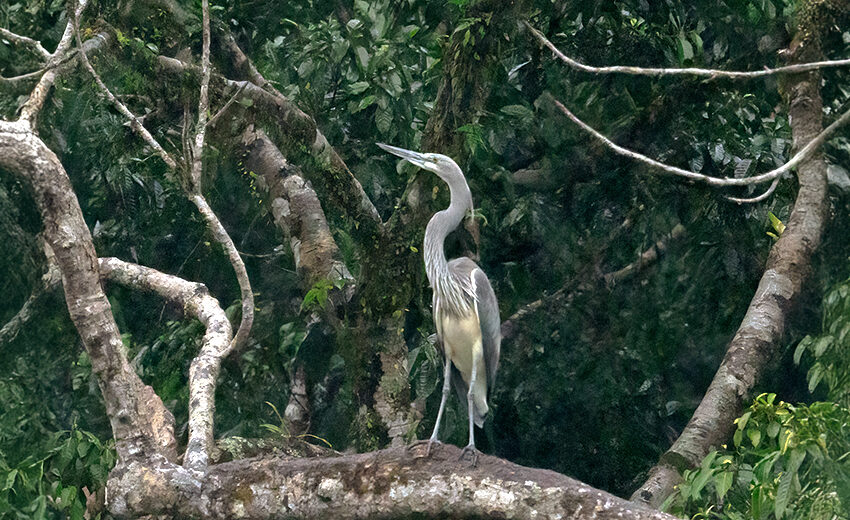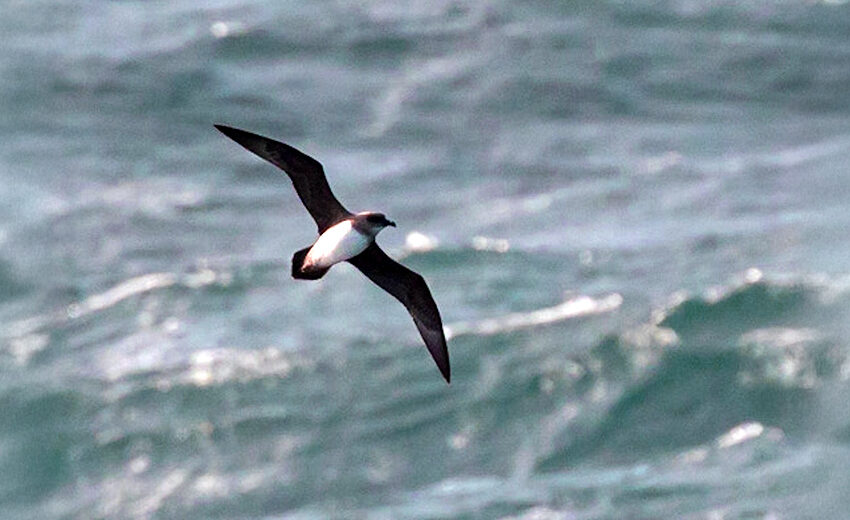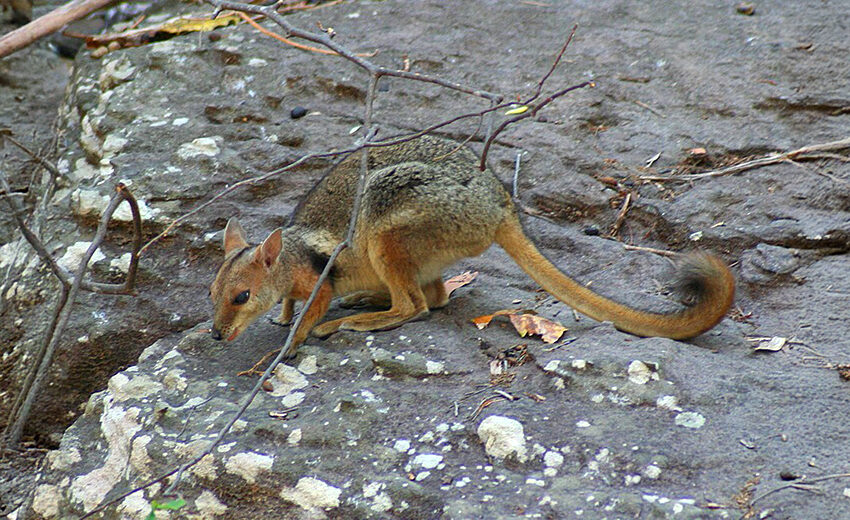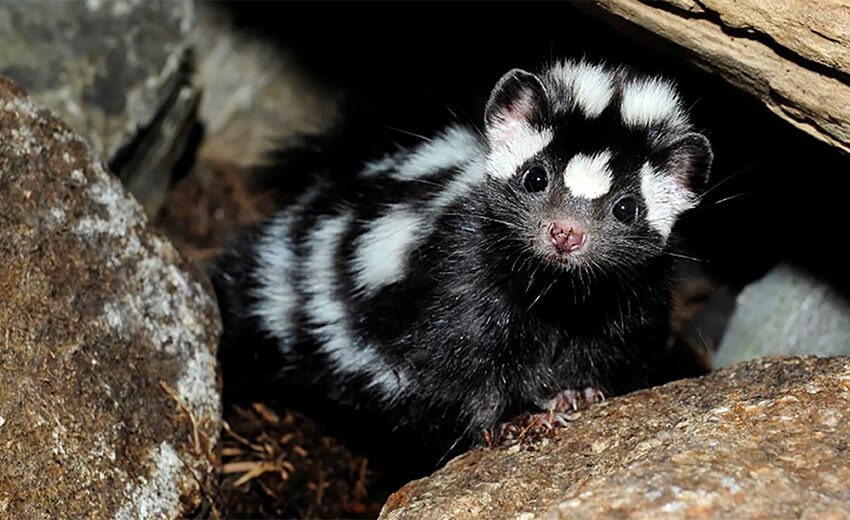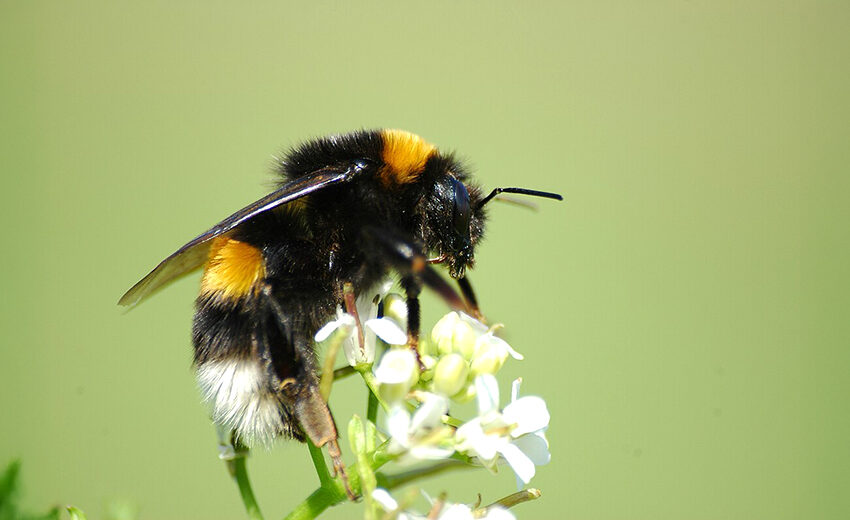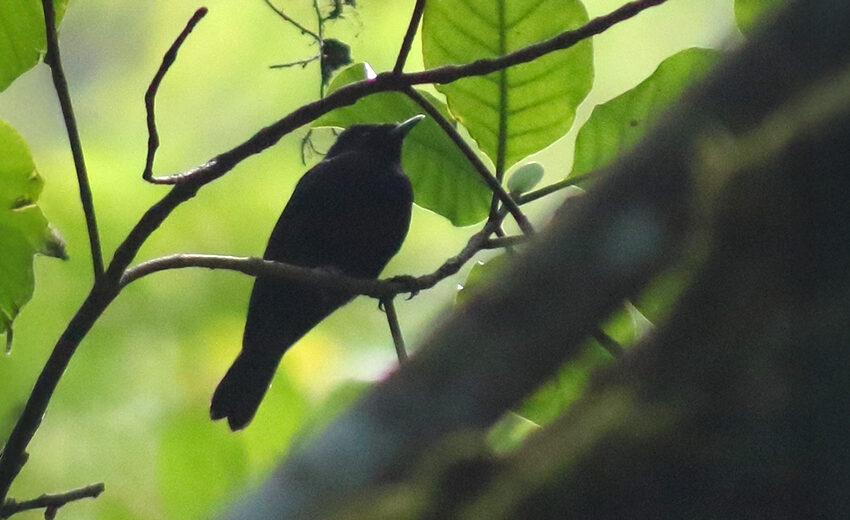The white-bellied heron, aka great white-bellied heron or imperial heron, is a sizable species of heron that dwells only in the foothills of the eastern Himalayas in northeast India and Bhutan to northern Myanmar
- Zoology
- Daily Critter Facts
- For Teachers
- Study Guides
- Diseases & Parasites
- Contact


